You may have seen the smile of Mona Lisa many times on your mobile phone. It may be crowded in the Louvre and you can see the true body of Mona Lisa. Today, you will be able to leave. It was the most recent one.
Louvre Palace, HTC VIVE Arts, VR Studio Emissive to create the first VR The experience project “Mona Lisa: Cross-border Vision” was launched in Paris.
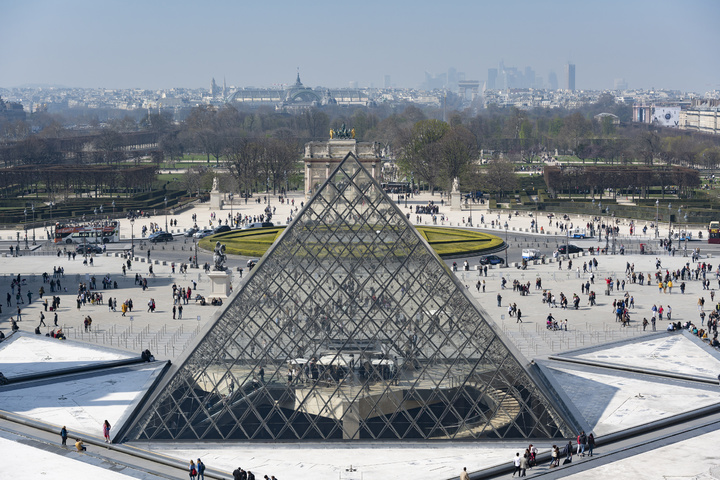
People can watch the painting “Mona Lisa” immersively through VR technology. This is also one of the key works to commemorate the 500th anniversary of the death of Leonardo da Vinci (1452-1519).
When people wear HTC VIVE’s VR head-mounted device VIVE Cosmos, the experience begins.
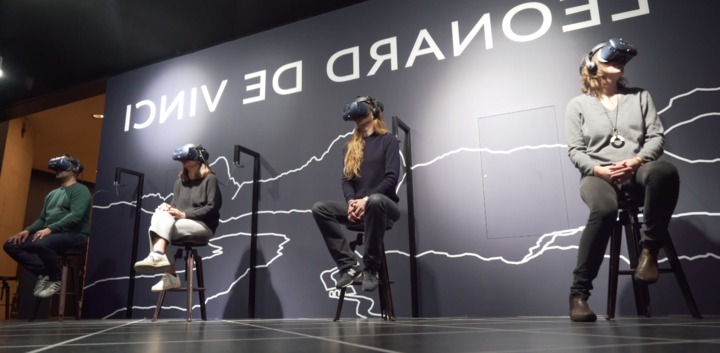
Although Mona Lisa watches more than 20,000 people a day, because this painting has been very fragile for more than 500 years, people can only look outside the glass showcase.
With VR now, you can naturally maximize the benefits of virtual technology.
The people who experience will stand in the lobby of the Louvre and see that the Mona Lisa is being watched by the crowd.
As you approach, the crowd slowly dissipates, and the protective cover around the painting disappears, so you can stand close to Mona Lisa’s smile.
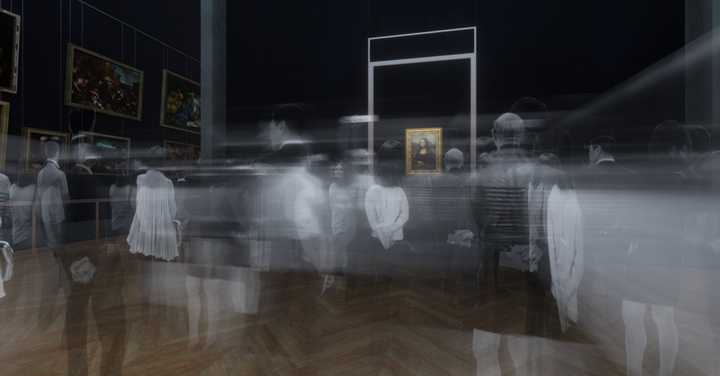
Then, you will be able to carefully observe the details of the various places in the painting, including the texture of the wood board, the cracks of the board, and the repaired traces through the oil level.
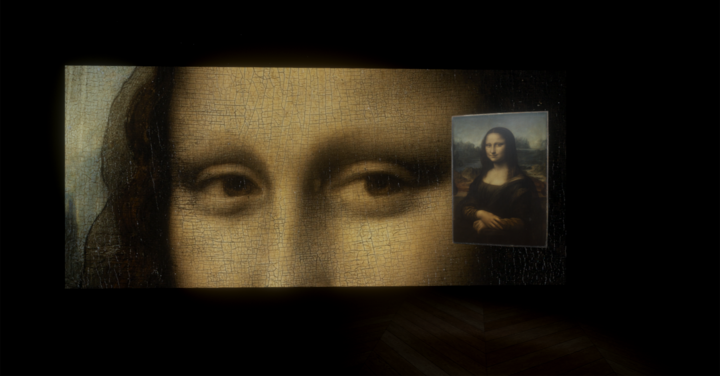
It is worth mentioning that this experience can also bring people to experience Leonardo da Vinci’s most famous artistic technique – Sfumato technology.
This is also one of the four classic techniques of Renaissance painting. The artists use the method of color harmony to make the paintings have a fuzzy and soft feeling.
So in the experience, people can feel the softening of the light, and the smog-filled space filled with smoke will not create the feeling of the whole body and the painting as in reality, but the whole space will become very “Mona Lisa.”
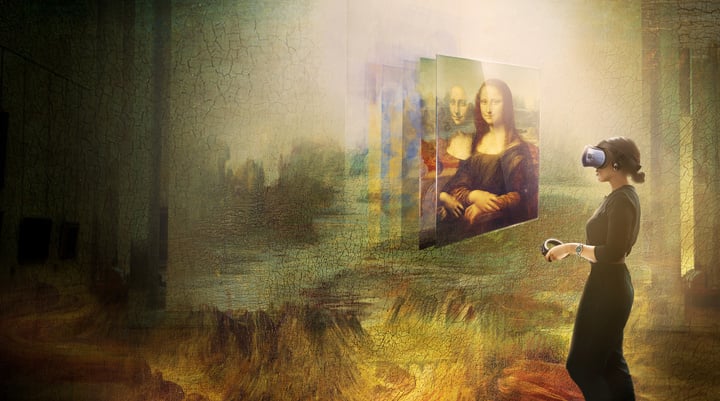
Moreover, the natural scenery behind the characters will become more intimate, you can temporarily hide them by manipulating the objects, and then observe the details that are hard to see in the landscape.

In addition, the project has improved the overall sense and enriched the content experience of the exhibition.
Mona Lisa: Cross-Border Vision will moving images, sounds, interactive design combined, in addition to further interpretation of the painting through infrared ray scanning, It can be understood in the history of more than 500 years, from the beginning of creation, to the changing process in the ages due to the influence of light and humidity.
In this process, there are narrations to help understand, telling the identity of Mona Lisa, costumes, and the stories behind her, but the experience is also very fast, only 7 minutes.

But there is still a channel that will allow you to watch for a long time – online exhibition.
For those who can’t go to the site, the Mona Lisa: Cross-Border Vision Home Edition VR experience will also be available on the VIVEPORT member subscription library and other mobile VR content platforms.
So people can also go online to the virtual world of the platform, visit the Louvre Museum, walk into the glass pyramid entrance designed by the architectural master Pei Ming, take a look at the big gallery in the Italian painting area, feel more Da Vinci’s work and other treasures of the Louvre.
After all, the Louvre has the largest number of Da Vinci paintings in the world.

It is reported that the exhibition will be open until February 24th next year. Tickets can be booked on the official website of the Louvre. The online experience has been launched today.
This special exhibition of the Louvre took 10 years to prepare, and there were as many as 160 Da Vinci works on display. Da Vinci’s famous sketch “Vitruvian” will also be exhibited rare.
In addition to the paintings, Da Vinci’s 10 research records and scientific scans, etc., will give people a more comprehensive understanding of Da Vinci’s achievements in different fields such as science, engineering, architecture and art.
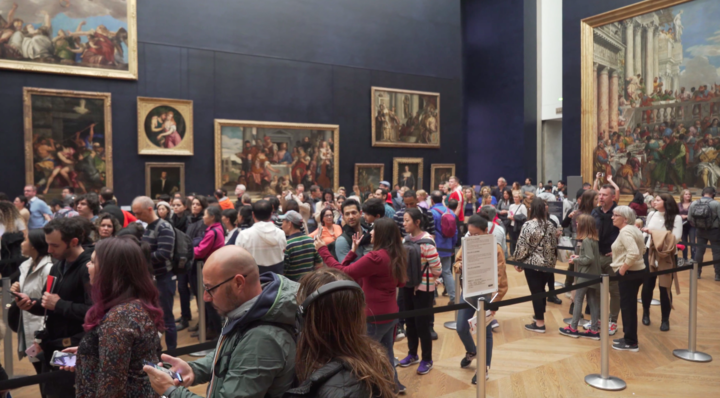 < /p>
< /p>
For the Louvre, the launch of the Mona Lisa: Cross-Border VR experience project is a way for the Louvre to keep up with the times and create new interactions with new technologies and people.
This will also bring a stronger sense of participation to the audience, not only to bring more traffic, but also to make art more closely connected with people nowadays.
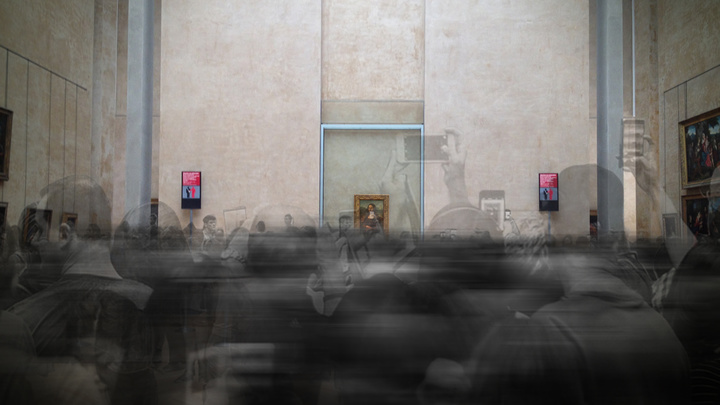
For HTC, HTC has to build a new pillar business as its mobile phone products become more and more unfamiliar to young consumers. In addition to launching a blockchain mobile phone in another way, HTC announced in October this year. Exiting the hardware development of smart phones, the strategic focus has turned to VR.
This time, as a virtual reality experience partner, participating in the Da Vinci exhibition in the Louvre in France will also help HTC gradually build its own VR cornerstone and expand its voice in the VR field.
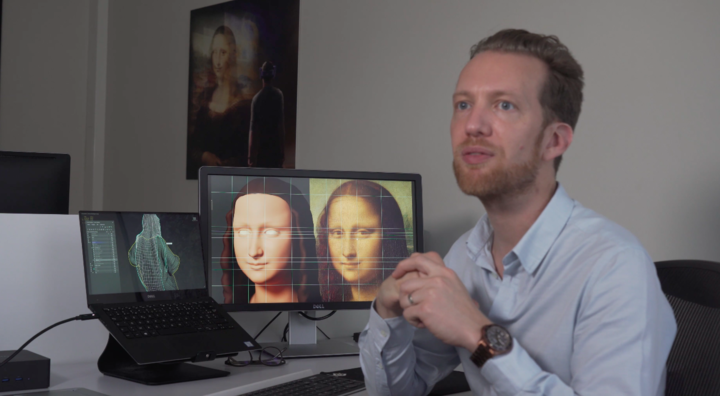
Although 4G is still the mainstream, AR/VR is also used to be considered as a carrier of technology early adopters. The price of VR equipment is relatively high, and the lack of explosion of products and content is the reason why it is difficult to enter the public.
But perhaps this situation will change soon. With the advent of the 5G era, VR/AR is becoming the focus of attention.
Under this trend, HTC is one of the heads of the VR industry. It has certain advantages in terms of equipment experience and sales in the industry, so it will certainly not miss this future blue ocean.

However, in the long period of 5G and virtual reality technology, the market is full of new possibilities, and with various uncertainties, HTC needs the long-term strength of capital, manpower, and R&D to support the advancement. The current direction is still like a “gambling game”.
But perhaps, VR can bring another revival to HTC like the new look of Mona Lisa.